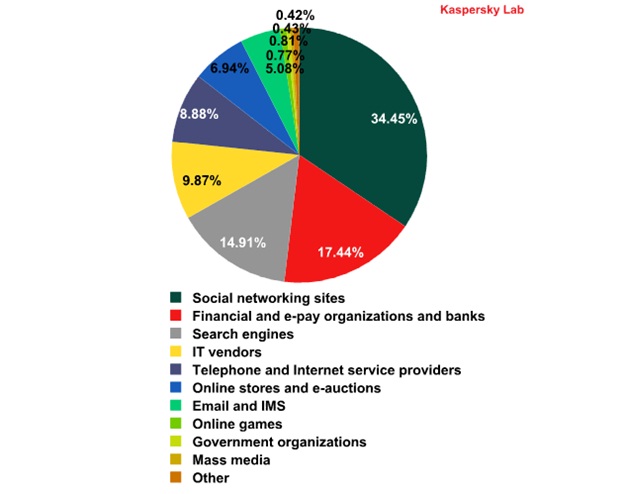Kaspersky Lab data shows the share of spam in mail traffic fell sharply in November to 62.9% - a decrease of over five percentage points compared to October’s average
Kaspersky Lab data shows the share of spam in mail traffic fell sharply in November to 62.9% - a decrease of over five percentage points compared to October’s average. It was the second month in a row that spammer activity was at a minimum for the year. Despite the percentage of phishing attacks also falling by half (0.015% of all mail), the danger posed by spam has not abated. Malicious programs were detected in 3.27% of email traffic – a slight increase on the previous month. | Read the full Spam Report for November 2012 |
Hot Topics in November: Christmas is Coming
Traditionally, as Christmas and New Year approach, Kaspersky Lab experts see a surge in the number of holiday-themed mailings. The most prevalent service advertised in spam ahead of the New Year is event management for corporate parties. It’s also common to see offers to prepare souvenirs with company branding.
Some spam mailings in November were designed to look like holiday e-cards containing both holiday wishes and advertising. The most creative emails appear to be intricately decorated Christmas cards. The services advertised include the development of a variety of Internet and mobile apps, but do not necessarily have any connection whatsoever to Christmas or New Year. Many holiday-themed mailings in November used image spam, both to get the recipients’ attention, and to bypass spam filters.
Geographical Distribution of Sources of Spam
Among the biggest sources of spam around the world, the leading countries are still China (32.7%) and the US (23.8%). The share of spam sent from China increased by 2 percentage points, while the share of spam originating in the US fell by 3.5 points.
Asia remains the top regional source of spam (51.9%, or 1.4 percentage points higher than in October), while North America and Western Europe were still among the top three regions.
Malicious Attachments in Email
The US (16.2%) and Germany (12.6%) remain among the countries that are targeted most by malicious emails. However, while Germany’s percentage did not change from October, America’s continued to rise (+3.6 percentage points), and in November the US became the number one country in terms of email antivirus detections.

Distribution of email antivirus detections by country
Phishing
In November, the percentage of phishing emails in total email traffic halved and settled at 0.015%. Social networking sites were the number one target of phishers, with Facebook bearing the brunt of a monthly increase of 13.2 percentage points. Online stores – number one in October – fell to third place (13.5 percentage points) this month. The share of phishing attacks targeting financial and e-payment organizations decreased by 3 percentage points in November, but this category remains firmly in second place. Search engines continue to be targeted less frequently (-5.4 percentage points) and fell from being the number three target in October to number four in November. The search engines most frequently targeted by phishers were Google and Yahoo.
Quote
Tatyana Shcherbakova, Senior Spam Analyst, Kaspersky Lab
“As expected, with the approach of the winter holiday season the amount of New Year- and Christmas-themed spam has surged. In December, advertisements for various goods and services related to the holidays will continue to increase, while the amount of image spam will also be on the rise. During the holiday season Internet users should be careful about opening emails claiming to contain notifications from stores, banks, and other financial systems. Users are also warned against opening suspicious attachments from unknown senders, clicking on links allegedly leading to banking websites, and especially against entering any personal information such as bank card numbers, passwords, or usernames for payment accounts.”
